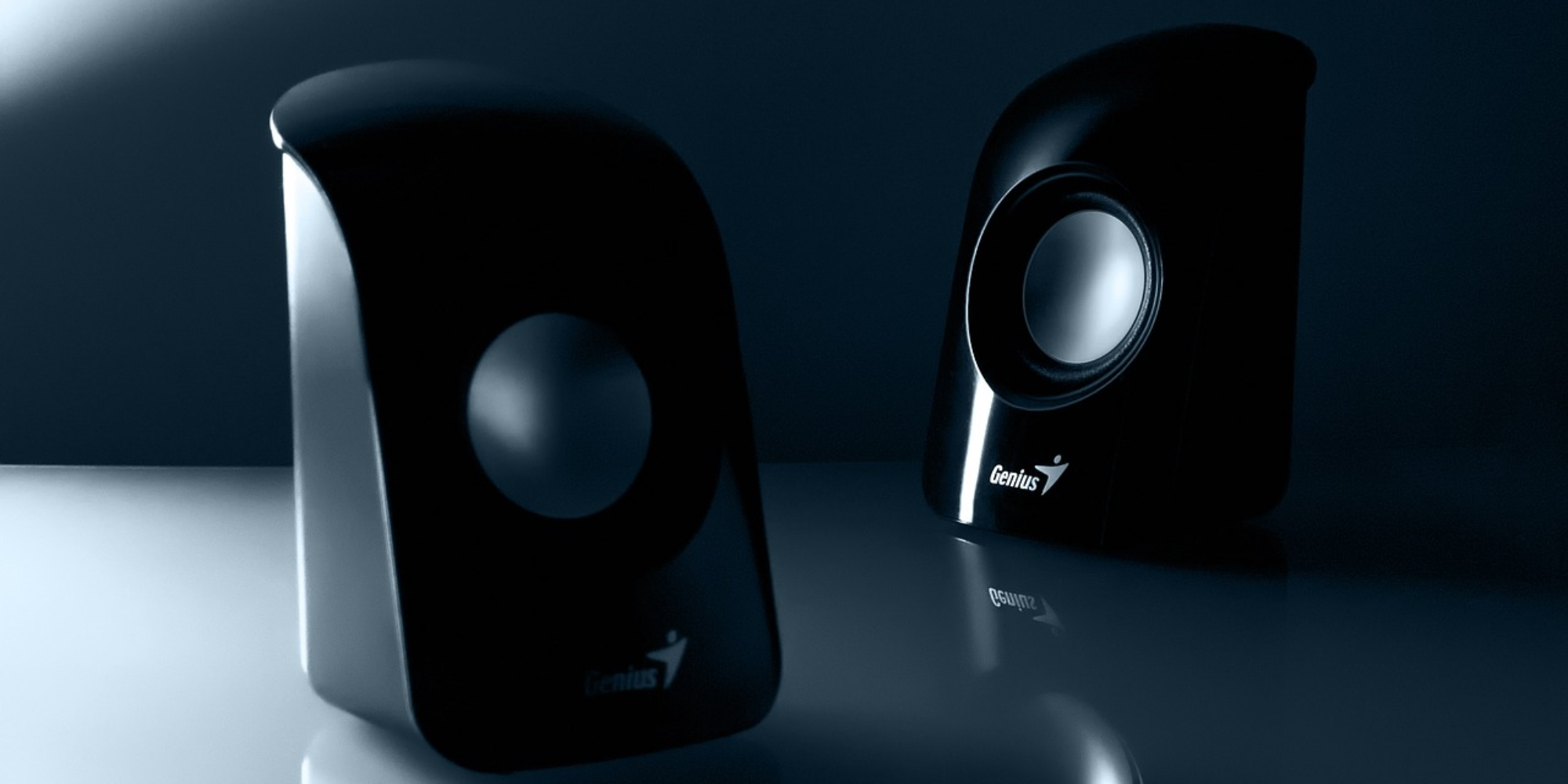What makes going to the theaters so exciting is not only the stunning visuals on that great big screen but also the sound that literally surrounded us and connected us to the flick. That same sort of sound can be had at home with a home theater setup that includes the best surround sound system. But, sound is sound, right? Is surround sound really necessary to enjoy a movie at home? Yes! Yes! And yes! Without surround sound, you won’t experience that same enveloping sound found in theaters like the bone-shaking booms of explosions that rock you in your seat, the creepy creek of a floor coming from behind you, or the gentle caress of a rain shower.
Now that you know you want surround sound, how do you go about getting it? There is a myriad of surround sound systems available, each with its own unique characteristics and ability to produce surround sound, but how do you choose. Lucky you! Here’s a guide to point you in the right direction to choose the best surround sound system for your needs. Consider the pros and cons we've listed for each of these products as you decide which surround sound system is best for you. By the time you've finished reviewing this guide, you'll have a solid understanding of which of these products is the best surround sound systems available in 2023. In the simplest of terms, surround sound is a technique for enriching the fidelity and depth of sound reproduction by using multiple audio channels from speakers that surround the listener. Sounds straightforward enough, right? Ya just put speakers all over a room to surround a listener. But, there is much more to surround sound than just a bunch of stacked peakers. With different speaker configurations, different audio formats, different hardware types, etc. there are many things to consider when trying to put together your own surround sound system. Try on the following mini-primer for size to help you find the best surround sound system.
The Onkyo HT-S3900 is a very affordable complete surround sound system that is a very good performer with a sound that is anything but budget. The HT-S3900’s performance and affordability make it an excellent choice on the list of best surround sound systems.
-
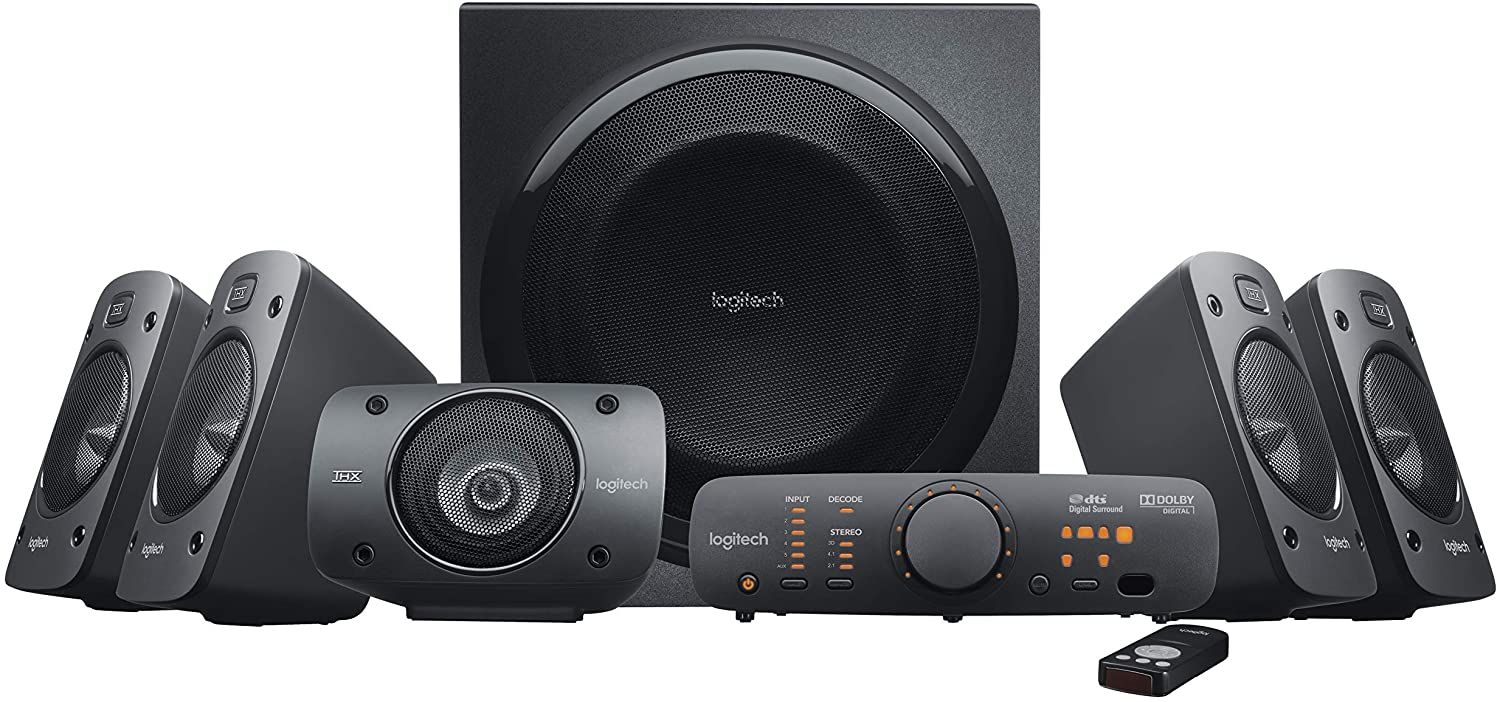
Logitech Z906
Best Value -

Klipsch Bar 48 5.1 Surround Sound System
Premium Pick -
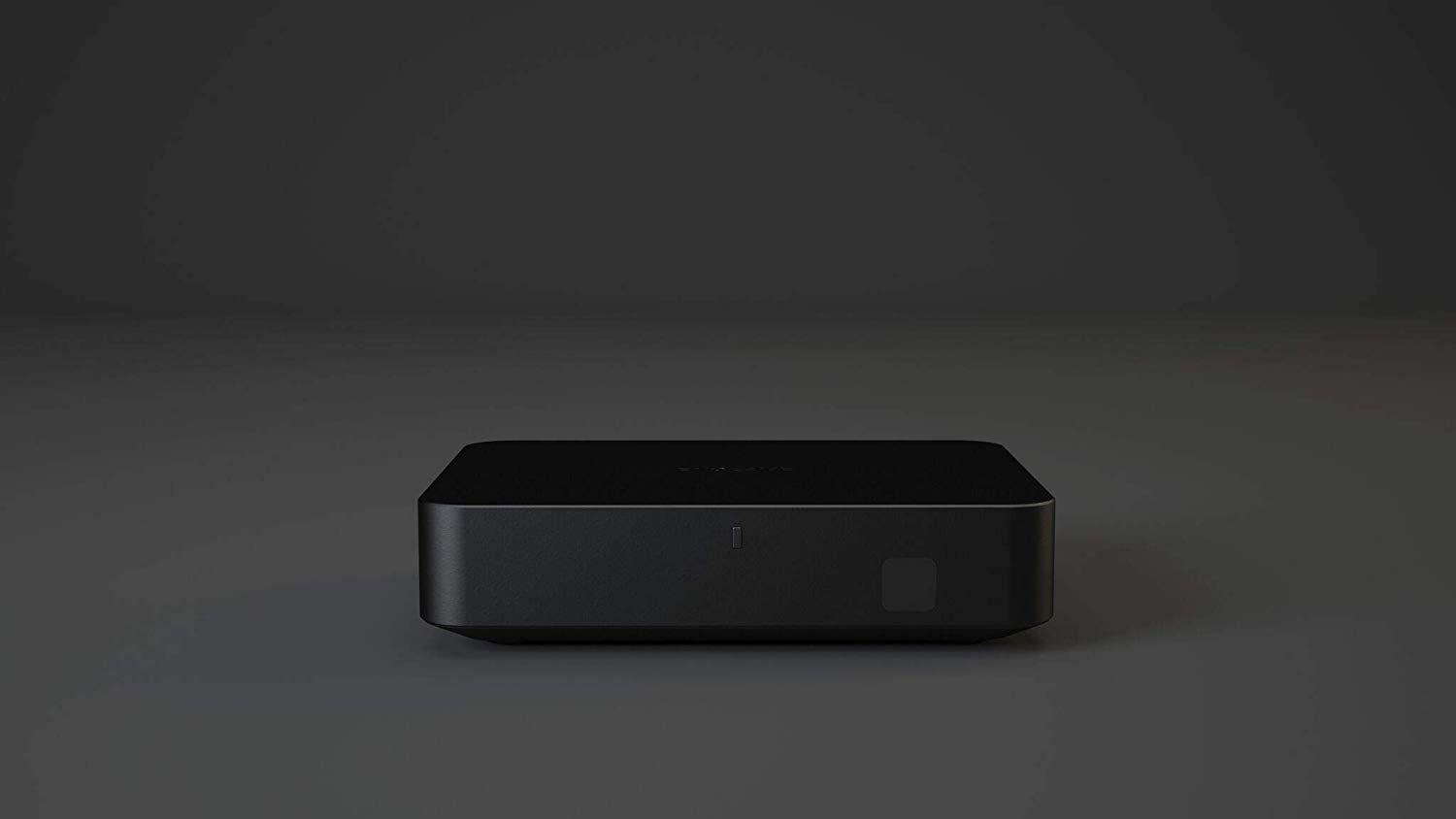
Enclave CineHome PRO
Editor's Choice
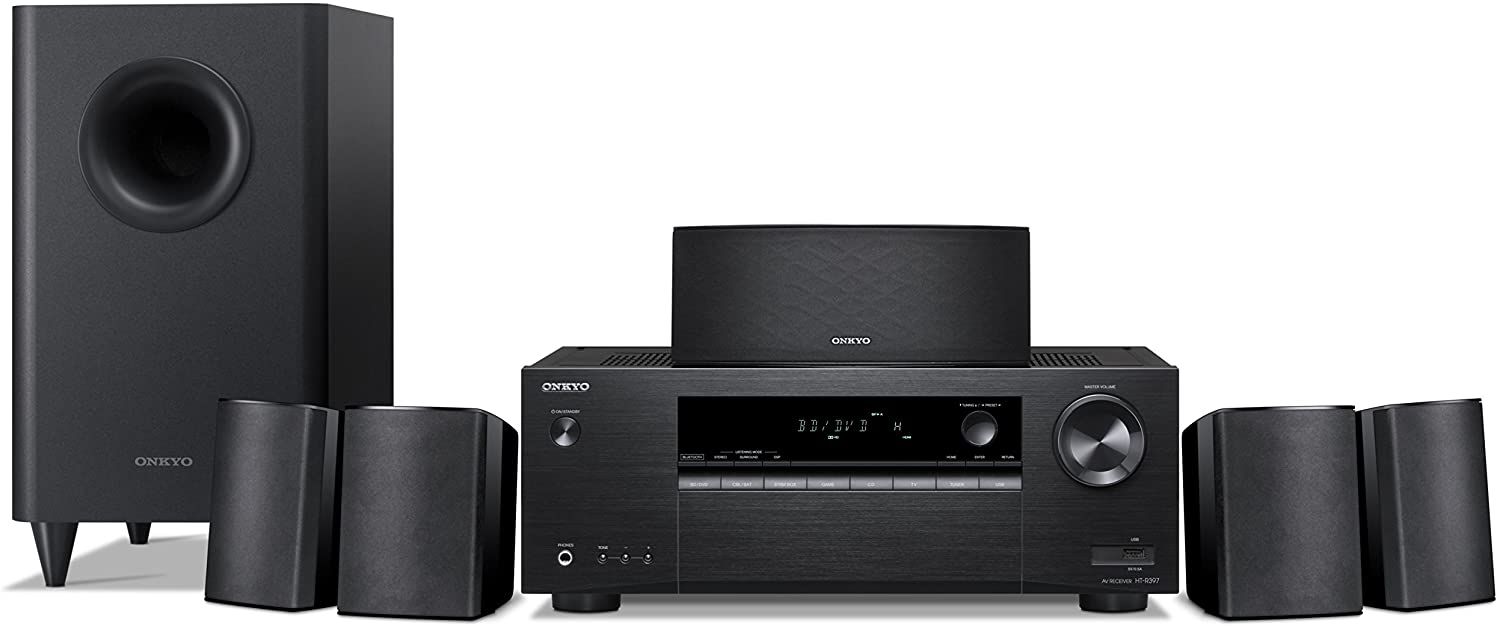
Onkyo HT-S3900
- Compatible With
- Bluetooth, HDMI
- Control Method
- Reomte control
- What's Included
- Control console, 4 surround speakers, 1 center channel speaker, 1 subwoofer
- Brand
- Onkyo
- Bluetooth
- Affordable
- Easy set up
- Great sound performance
- Speakers are not wireless
- Underpowered for larger rooms
Big sound from big speakers doesn’t have to mean big bucks, and the Fluance SXHTB surround sound system does an excellent job in proving it. The full-sized set will cost you space, but the sacrifice will be well worth it. Being a bargain and having excellent performance, place the Fluance SXHTB setup on the list of best surround sound speakers.
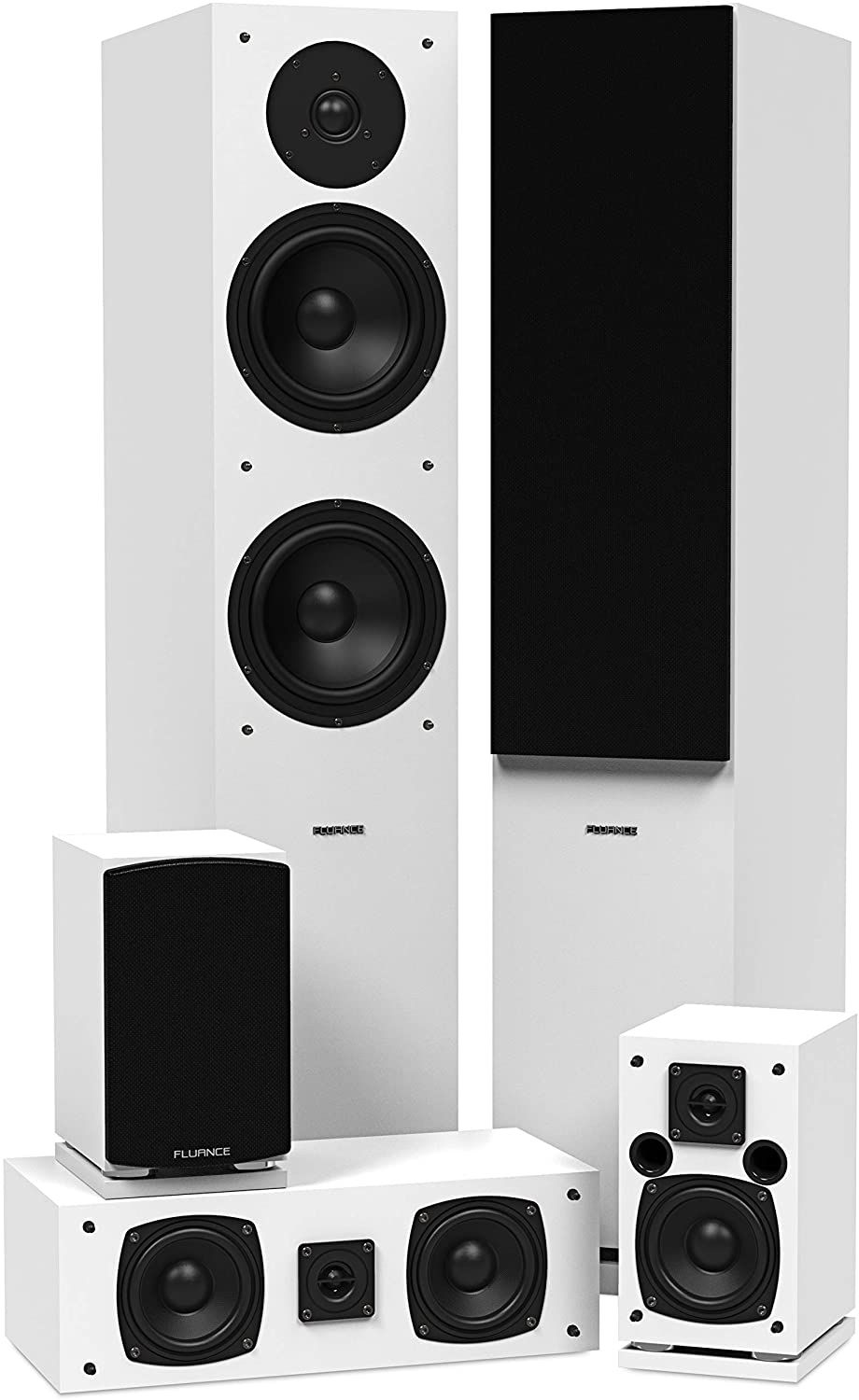
Fluance SXHTB
- Compatible With
- External amplifier (not included)
- Control Method
- Connects to external amplifier control (not included)
- What's Included
- 1 center channel speaker, 2 main speakers, 2 surround speakers
- Brand
- Fluance
- Lively bass from tower speakers
- Affordable
- Great build quality
- Great all-around sound
- Not wireless
- No subwoofer
The surround sound produced is dynamic with an impressively clear and solid soundstage. The compact nature of the Klipsch Black Reference Theater Pack makes it more suitable for smaller rooms, but there will be no sacrifice in sound for the space-saving benefit. And that's not only where you save. This is one of the more affordable complete surround sound systems available, making it a thrifty way to add surround sound to your entertainment set up. Its affordable price more than makes up for its lack of Dolby Atmos support. As a compact 5.1 setup, the Klipsch Theater Pack is one of the best surround sound systems available.
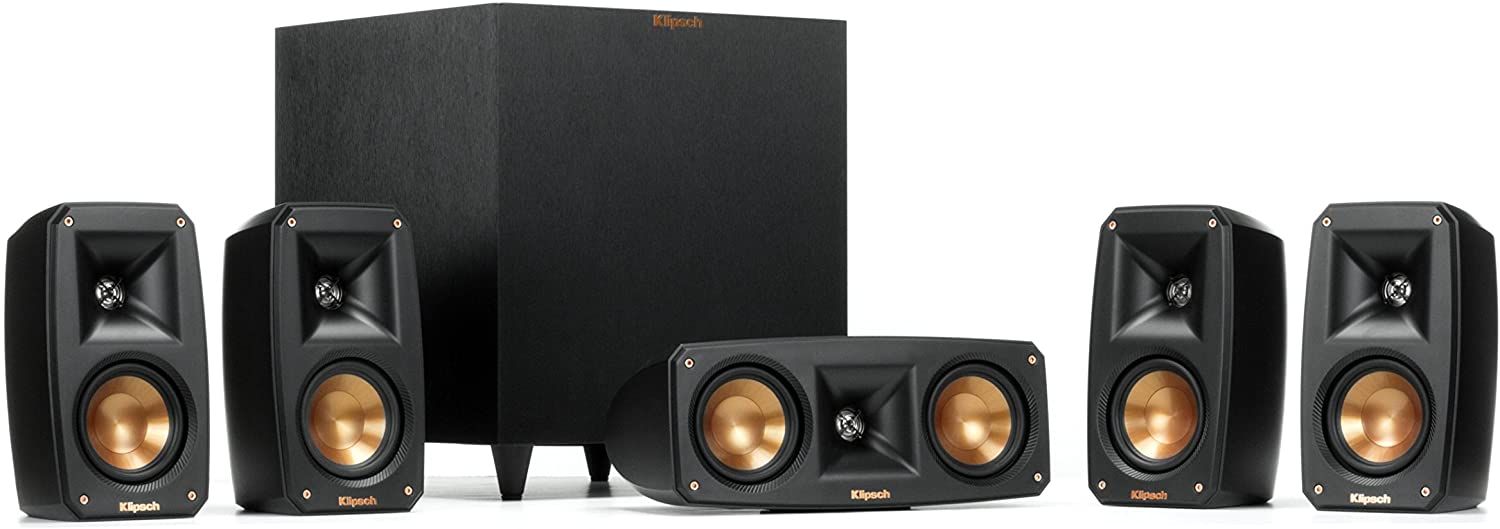
Klipsch Black Reference Theater Pack
- Compatible With
- Wireless
- Control Method
- Pair with existing remote or devices
- What's Included
- 5 satellite speakers, subwoofer, subwoofer transmitter
- Brand
- Klipsch
- Affordable
- Built-in all-digital subwoofer amplifier
- Compact design
- Excellent sound
- Only subwoofer is wireless
- Not Dolby Atmos compatible
The Sonos Beam Soundbar makes this list because it is an impressive starting piece to what can become one of the best surround sound systems for you. And the beauty of it all is you get to complete the system in stages, making it a very budget-friendly way to build a great home theater.

Sonos Beam - Smart TV Sound Bar
- Compatible With
- HDMI, Smart TV
- Control Method
- Voice, app, pair with your existing master remote control
- What's Included
- Soundbar, connecting cables
- Brand
- Sonos
- Far field microphones
- HDMI port
- Stylish design
- Can be upgraded with additional Sonos speakers and subwoofer
- Pricey
- No included remote control
High-end surround sound systems will usually include dual subwoofers for true cinema emulation. But, along with that experience usually comes a huge price. The Nakamichi Shockwafe Elite comes with dual subwoofers and gives an excellent cinema experience for less than high-end systems. It’s a worthy member of the list of best surround sound systems.
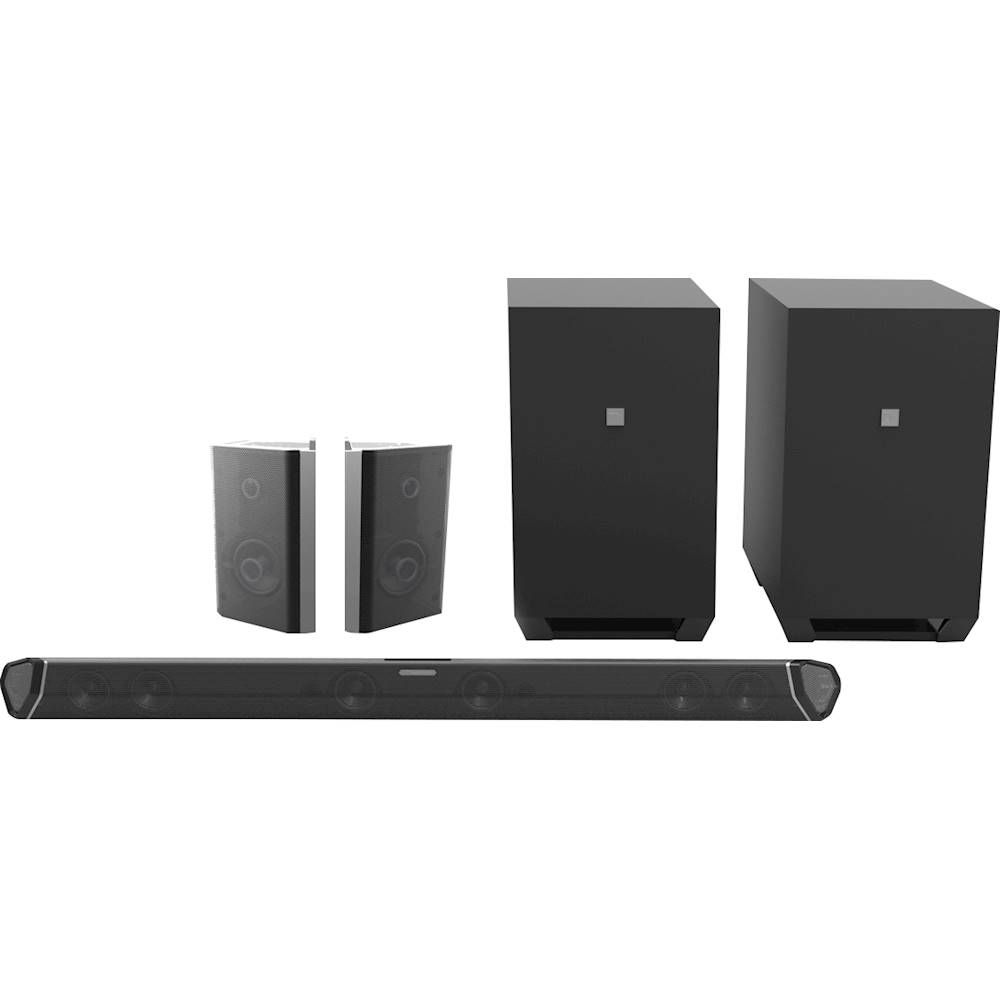
Nakamichi Shockwafe Elite 7.2
- Compatible With
- RCA, optical, HDMI, coaxial
- Control Method
- Remote control
- What's Included
- Soundbar, 2 rear speakers, 2 subwoofers, remote control
- Brand
- Nakamichi
- HDMI Arc compatible
- Dolby Atmos
- Bluetooth with aptX support
- Surround speakers are not wireless
The JBL Bar 5.1 with True Wireless Surround Sound Speakers is a very versatile surround sound system that gives you layout options, either a standard soundbar layout or a very capable 5.1 layout. Such versatility and great sound place the JBL Bar 5.1 surround sound system firmly on the list of best surround sound systems.
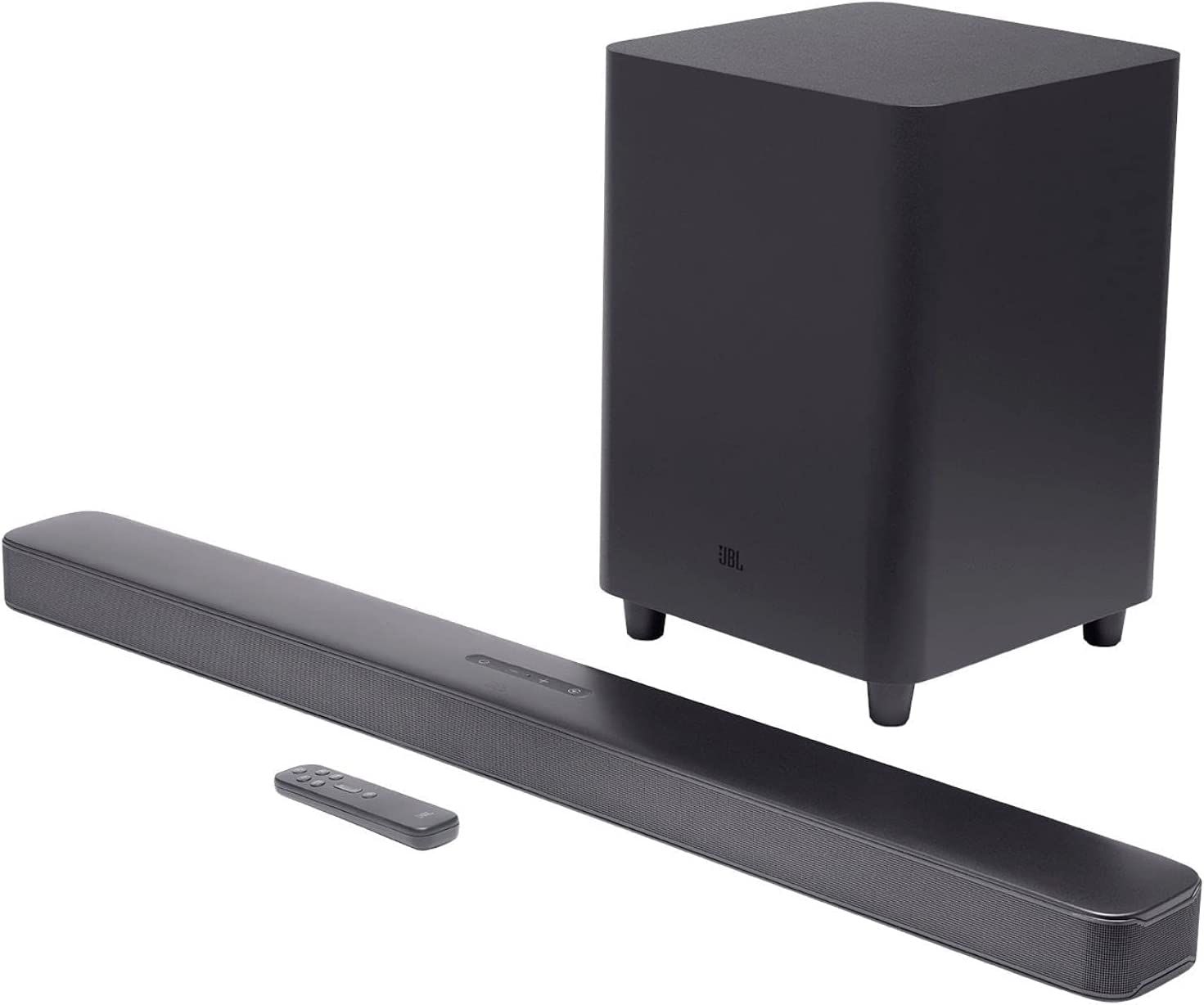
JBL Bar 5.1 - Soundbar with Built-in Virtual Surround
- Compatible With
- Soundbar, subwoofer, remote, wall bracket, HDMI cable
- Control Method
- Remote control
- What's Included
- Bluetooth, Wi-Fi, HDMI
- Brand
- JBL
- Included calibration microphone
- 3 HDMI ports
- Bluetooth
- Easy setup
- No Dolby Atmos
- Only 10 hour battery life for the surround speakers
The Vizio SB46515-F6 does Dolby Atmos right, and not at a premium price. It is unconventional in that it is a soundbar system that is not full size, yet it produces cinematic surround sound. Its excellent soundstage and stylish minimal design make it a definite entrant on this listing of the best surround sound systems.

VIZIO Elevate Sound Bar for TV
- Compatible With
- HDMI ARC
- Control Method
- Remote control (included), voice control
- What's Included
- 1 soundbar, 2 satellite speakers, 1 subwoofer, remote control, Stereo RCA to 3.5mm audio cable
- Brand
- VIZIO
- Dolby Atmos
- Voice control with Google Assistant
- Excellent cinematic sound
- No DTS:X support
- No room correction
The Logitech Z906 may be small, but it is mighty. It won’t take up a lot of space but delivers a lot of sound. This could be a great solution for smaller spaces, such as apartments and condos, or bedrooms converted to home theaters. And don't forget about recreational vehicles like RV's, motor homes, and even toy haulers. Its versatility as a PC or home theater setup and its sound quality place it on this list of best surround sound systems.

Logitech Z906
- Compatible With
- Computers, music players, TVs, Blu-Ray and DVD players. game consoles, other audio sources with digital optical, digital coaxial, RCA audio or 3.5 mm output
- Control Method
- Remote control
- What's Included
- Five speakers, subwoofer, speaker connection, stackable console, wireless remote, six-feet direct channle cable wire
- Brand
- Logitech
- THX certified
- Six audio inputs
- 3D sound
- Powerful sound
- No HDMI
- All connections are in the subwoofer
Featuring a 5.1 dedicated center channel, as well as two satellite speakers, and an 8" wireless subwoofer, this demure system packs all the sound you could want in a small package. By adding the two satellite speakers and a dedicated subwoofer, Klipsch is diversifying the audio sources and allowing you to place them in their optimal room positions. This gives you true surround sound with a soundbar. And the high-quality wood cabinetry on the subwoofer makes displaying this system and stylish as its sound quality. Overall, this is a solid offering, and one that gives you all the sound you could want for almost any size space.

Klipsch Bar 48 5.1 Surround Sound System
- Compatible With
- Wireless, HDMI
- Control Method
- Remote control
- What's Included
- Soundbar, 2 satellite speakers, subwoofer, remote control
- Brand
- Klipsch
- Theater-like sound
- True surround sound with mulit-speaker system
- Remote control included
- Pricey
- Only 2 satellite speakers
The Enclave CineHome Pro is a truly wireless system that delivers true 5.1 surround sound. Having a wireless system is ideal for creating a clutter-free home audio system. There's no running and hiding wires across your space. The perk of not having a jumble of wires to deal with makes the CineHome Pro a strong member of the best surround sound system club.

Enclave CineHome PRO
- Compatible With
- HDMI ARC
- Control Method
- Remote and app
- What's Included
- Wireless transmitter, 5 speakers, 1 subwoofer, power cords, quick start quide
- Brand
- Enclave
- THX certified
- Easy set up
- Bluetooth
- Excellent sound
- Multiple power cords
- No included remote
Helpful Notes
It’s helpful to know what it is that makes surround sound, sound surround. With a nod to an excellent surround sound guide from digitaltrends.com, a surround sound system will include a set of front speakers and a set of surround speakers. More speakers can be added like a center channel speaker, subwoofer, presence speakers, etc. The number of channels (speakers) in a surround sound setup is indicated by the number designation. For instance, the most common surround sound setup is 5.1, 5 being the number of speakers (two front channels, two surround channels, one center channel equalling five), and the .1 being the LFE (low-frequency effects) channel produced by a subwoofer for added bass. Surround sound configurations can thus range from any number between 5.1 and 9.1, and more speakers are possible. You may think that surround sound will always mean having a lot of speakers, but that’s not the case. Soundbars have advanced to the point of producing comparable surround sound by using multiple speakers in a single cabinet with precise placement and fidelity to essentially fooling you into thinking that what you are hearing is surround sound. But, as good as soundbars can be, they cannot produce the true surround of a discrete speaker setup. All these systems are designed for one thing, to immerse and surround you in sound.
Having a bunch of speakers is not the only aspect to surround sound. The quality of the sound produced depends on the type of audio format supported by your surround sound system. Called codecs, the sound formats are how the sound is processed through the channels. Sounds codecs include Dolby Pro Logic, Dolby Digital, among the more common formats. A newer format is Dolby Atmos which adds in sound from the ceiling or via upward-firing speakers to add another dimension to surround sound.
Additional choices for a surround sound system include whether you prefer a space-saving compact system, a full-sized system, a wireless system, or a soundbar combo, etc. With so much to choose from, it can be hard to determine your best setup for a surround sound system at home. To fulfill your cinematic sound desires, here’s a guide with the best surround sound systems out there. Any one of them will set you up with a home theater that might just make you not miss going out to the movies. Now that you've reviewed this guide, you're ready to revisit this list of the best surround sound systems to find the perfect one for you!
FAQ
Q: What exactly is surround sound?
At its most basic, surround sound is a system that surrounds the listener in sound by using multiple audio channels from speakers. The best example of surround sound, before we all really knew about surround sound (or cared) is movie theaters. There, the viewer is surrounded by multiple speakers for immersive fidelity via front speakers, side and sometimes rear speakers that give the sensation of sound coming from all angles. A home surround sound system, though on a smaller scale, can offer a theater-like sound experience just as immersive as going to the movies or being at a concert.
Q: Are two subwoofers really necessary?
As with just about anything, having more of something is usually perceived as a good thing. But on the more practical side, having two subwoofers offers more power and enhances that immersive feeling in a surround sound system by increasing the bass fidelity, particularly in larger spaces. The downsides of having two subwoofers include increased cost and having a second boom box will make placement all the more important because done incorrectly, they can have a negative impact on the entire sound system. There’s also the issue of space as a second subwoofer, even if the pair is smaller than a single subwoofer, will take up more room. It boils down to personal preference and having the space to make it work.
Q: Which has better sound, wired or wireless systems?
While the sound quality of wireless surround sound speaker systems continues to inch closer to that of wired systems, traditionalists continue to argue that wired is the way to go. The argument is really more about convenience versus audio quality. A wireless system eliminates the age-old problem of how to hide speaker wires particularly for spaces that may need extensive additions/remodeling to handle the plethora of wires. But that convenience can come at the expense of sound quality you’d get from a wired system. That argument seems less important as wireless systems can produce excellent results, the one downside being that they are typically more expensive.
Q: Do I have to have a specific type of TV or A/V receiver to take advantage of surround sound?
When it comes to surround sound, an audiovisual (A/V) receiver is generally important because surround sound systems use more than two channels. Also, if you have multiple sound sources (i.e. TV, Blu-Ray or DVD player, etc.) an A/V receiver is a must. Luckily, some surround sound systems don’t require an A/V receiver as the source can be plugged directly into it. But such surround sound systems will require that the TV or other sound source has the proper connections to properly utilize the benefits of surround sound. Luckily, most modern TVs and other sound sources have the required connection ports.
Q: What does watts mean in surround sound systems?
WPC, or wattage per channel is something you will sometimes see in the specs and marketing ads for amplifiers and A/V receivers and refers to the amount of power produced. When it comes to surround sound speakers, the wattage will refer to the maximum amount of wattage the speaker can handle. When choosing a surround sound system, the bigger the room, the more power you’ll need. Generally speaking, for great surround sound, a small room can require around 50 watts and a large room can require around 150 watts. It can be confusing because higher wattage doesn’t necessarily mean better sound. What you should look for is quality to go along with those watts particularly since higher watts and equipment that will produce quality watts usually mean a higher price.
Q: What is the best way to set up a surround sound system?
To get the best out of a surround sound system, speaker placement is critical because each speaker has a purpose with specific locations to optimize their performance. Proper speaker placement starts first with correct wiring and then depending on the system you have (2.1, 5.1, etc.). Using a 5.1 speaker setup (5 representing the number of speakers and the .1 representing the number of subwoofers) as an example, there will be three speakers at the front (center, and left and right speakers), and two at the sides of the listener. The subwoofer can pretty much go wherever. Next, the speakers have to be calibrated so they complement each other. Many systems will have an auto-setup feature that will calibrate for you. You can also get an SPL (sound pressure level) meter to assist in setup.
Q: Why are there so many formats when it comes to surround sound?
You’ll see stickers or specs that indicate the type of formats or audio processing the surround system supports. Depending on the format of the source material, the sound is decoded to the proper format and sent to the speakers. The plethora of formats range from the ubiquitous Dolby versions to DTS (digital theater systems) among others, each with their own particular capabilities (i.e. Dolby Digital, Dolby Atmos, DTS HD, etc) thereby owing to the large number. What is important to remember is that the A/V receiver has to support the particular format to take advantage of it. Luckily, the mode or format will be automatically selected (if supported) to provide the optimal surround sound experience.
Q: How can a single soundbar create surround sound?
You would think that true surround sound can only come from multiple speakers, but soundbar technology has allowed a single speaker cabinet to capably simulate that same surround sound experience offered from 5.1 and 7.1 setups. Soundbars pack in speakers angled specifically to bounce the sound off the walls around the listener and provide the sensation of surround sound. Some soundbars come with a subwoofer to increase their surround sound fidelity. Soundbars are certainly convenient with regard to placement and setup (fewer wires and there are wireless versions), but that convenience doesn’t come at the cost of sound quality.

